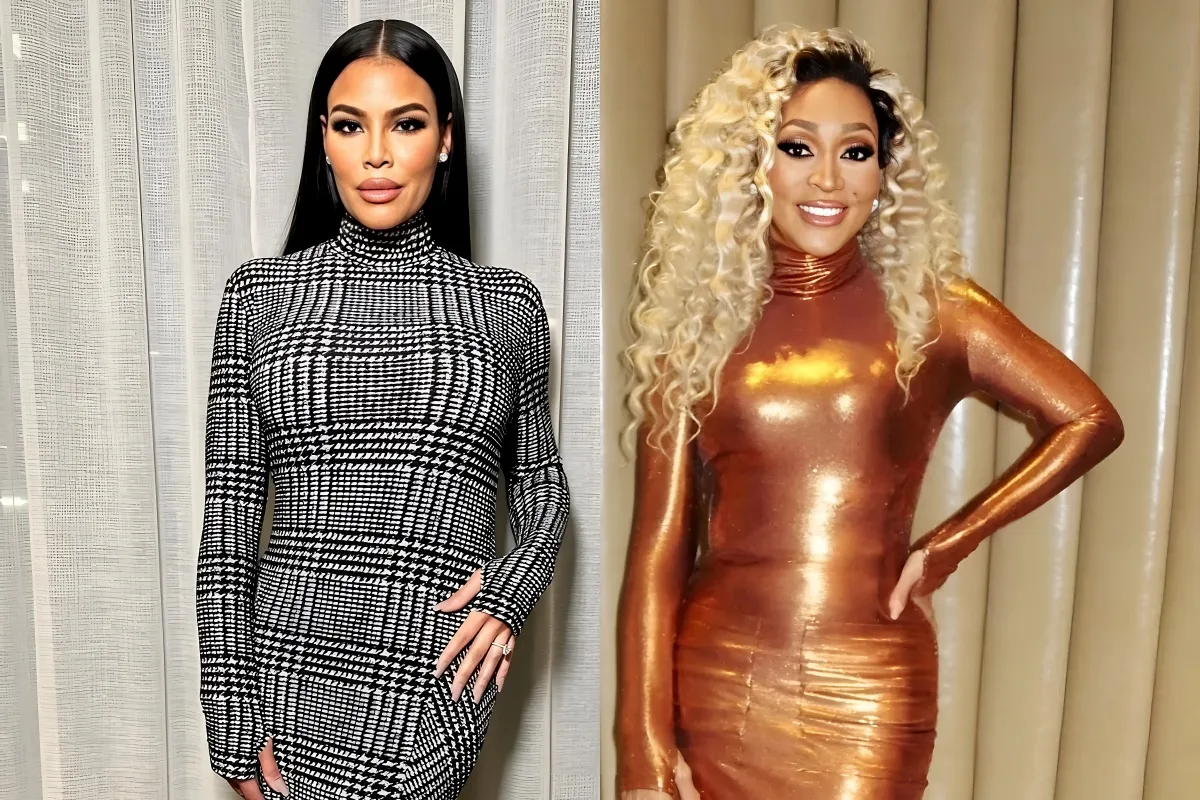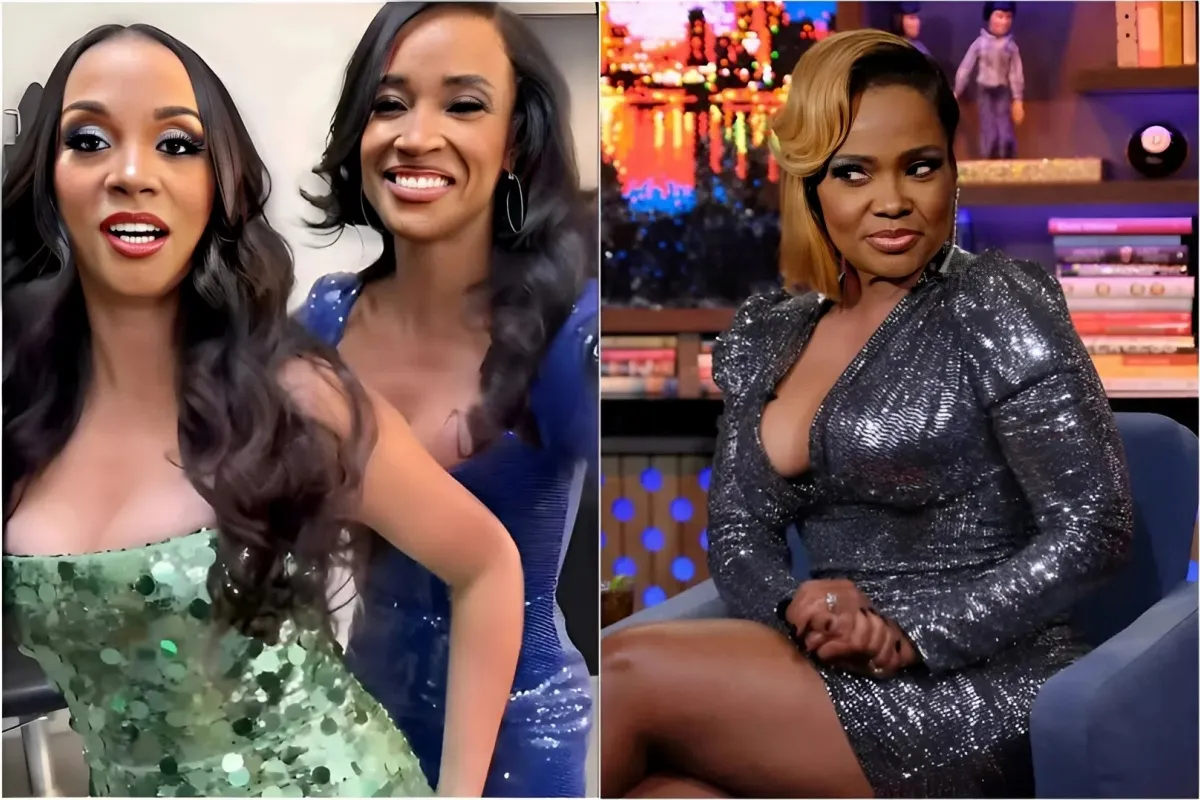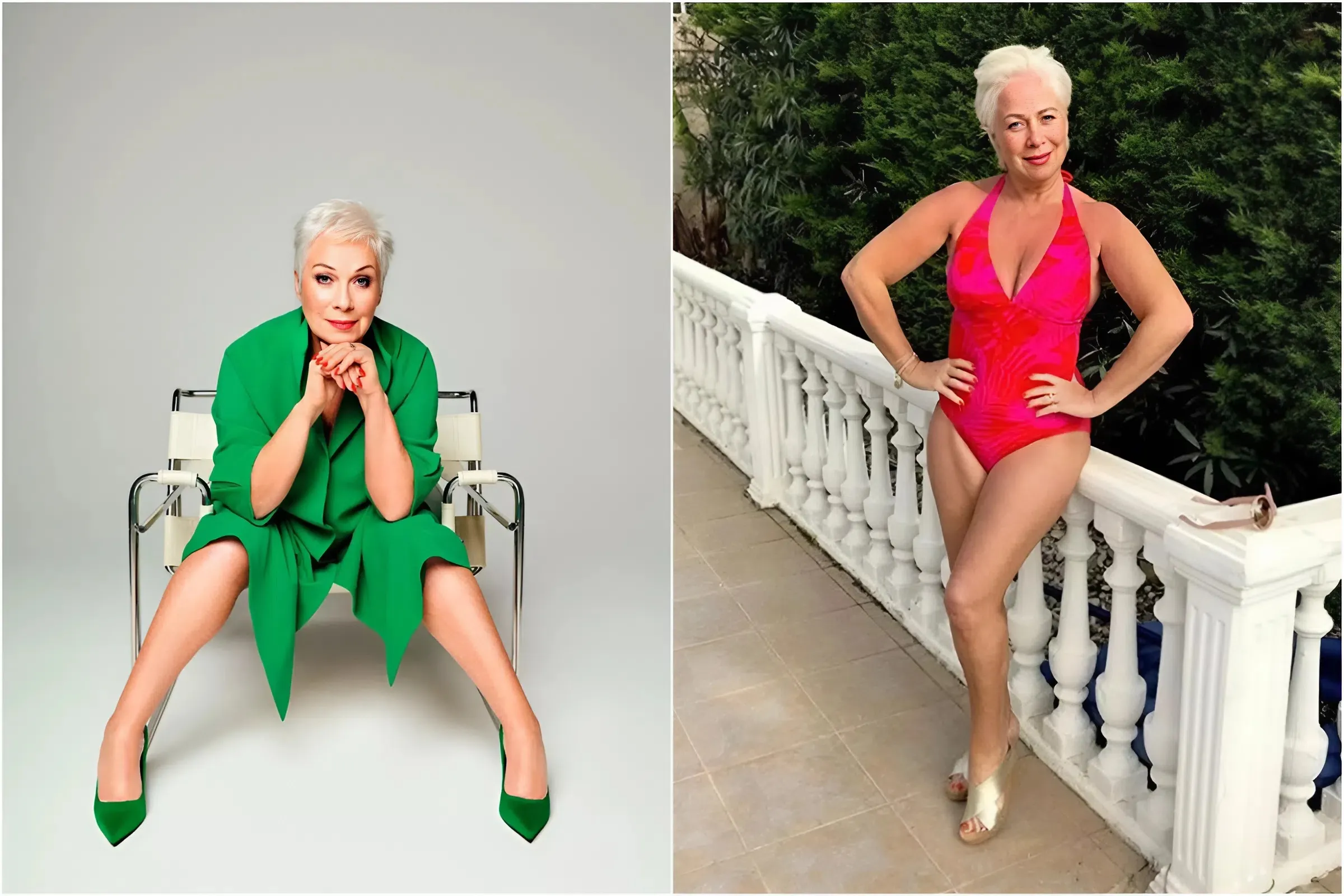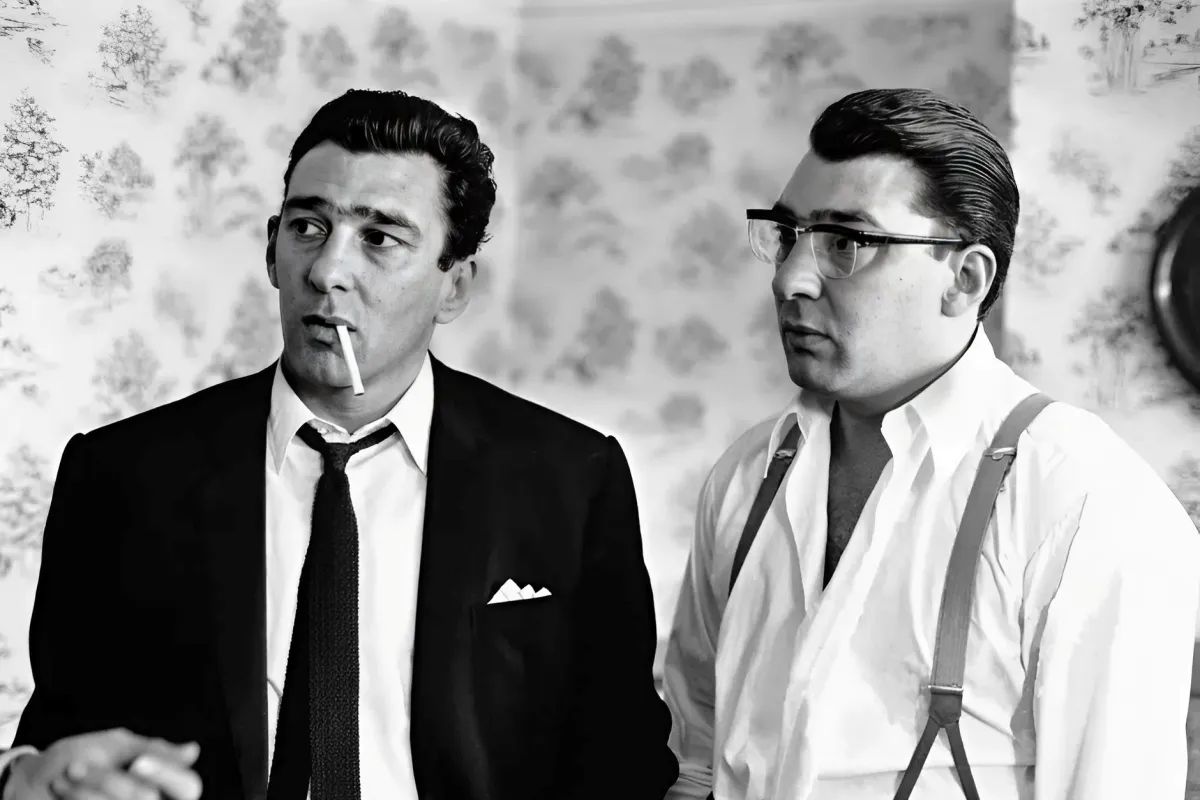THE underdog role comes with its natural benefits, often diluting the more obvious disadvantages that one faces when the odds are unapologetically stacked against them.

Of course, the A-side fighter, if you will, may have a psychological edge with regards to their experience on the night.
Something as trivial as a larger dressing room, for instance, or perhaps even a smoother ride to the venue, will only affirm, in their mind, what is already understood: that they are the main attraction.
When it comes to the preparation of both fighters, though, the underdog is likely to boast a small, but no less significant, advantage.
Having not just watched but studied their rival for a number of years, the B-side fighter has been afforded an opportunity to equip themselves, both mentally and physically, for the grandest occasion of their career.
Their opponent, on the other hand, has all the while been distracted by other assignments, never really offering the underdog so much as a second thought.
As it happens, this dynamic seems to ring true for Junto Nakatani, a bantamweight world champion who, above all else, has set his sights on a monumental all-Japanese showdown with two-division undisputed king Naoya Inoue.
While Inoue occupies the spotlight, Nakatani, 30-0 (23 KOs), has diligently sharpened his tools in the shadows, always keeping his rival at the forefront of his mind.
And that persistence – or rather, that obsession – to constantly measure himself against the very best has, quite naturally, put the 27-year-old in a far stronger position ahead of their expected battle in 2026.
“That’s an advantage that [Inoue] has given me; he motivates me to fight better,” said Nakatani, a brief sparkle appearing in his eye.
“We’re ideally looking at around this time next year to fight Inoue, but a lot of things can happen [between now and then].
“For myself, I know that I have to take every fight seriously and keep winning, or else that fight may disappear. So I’m working very hard for each and every one of my fights coming up.”
Along with his desire to land the Inoue, 30-0 (27 KOs), extravaganza, Nakatani remains equally determined to leave behind an illustrious legacy once he eventually calls it quits.
Already, the wheels are in motion for his career to be widely celebrated in years to come, but still, the three-division world champion only wishes to further enhance his greatness.
In his next assignment, he will be presented with an opportunity to do just that, as ‘Big Bang’ looks to unify his division at the Ariake Colosseum in Tokyo, Japan, this Sunday.
Standing in his way of additional accolades, meanwhile, is Ryosuke Nishida, an IBF world bantamweight champion who adopts an almost mirror image of Nakatani’s spindly southpaw style.
Yet still, while acknowledging his opponent’s undeniable strengths, the WBC world champion firmly believes that his expertly cultivated approach will prevail come fight night.
“Becoming a unified champion would improve my stature within the boxing industry, and give me more opportunities to be involved in big matchups,” Nakatani said.
“[Nishida] has a good lead hand, but I do too. I should be able to overcome his lead hand with my lead hand.”
While, at the age of 27, there are still plenty more years left for him to flourish, Nakatani has, in equal measure, immersed himself in combat sports – or at least some version of fighting – throughout the majority of his life.
It was ultimately boxing, though, that captivated him in a way that was unlike anything else, its magnetic energy only pulling him closer towards the art of pugilism.
“At around eight or nine years old, I started competing in karate,” he recalled. “But it got to a point where I found it very difficult to win, so I wanted to compete in a sport that’s regulated by weight. That’s how I found boxing.
“My mentor for boxing then started giving me encouragement, and so I was happy with the motivation that I got [through training].
“I was getting results at my more natural weight, against opponents where, for either one of us, there were no excuses. We were competing on a fair basis, which was a good experience for me.”
Only then did Nakatani begin to plot his future, knowing that, in order to reach the dizzy heights of world championship glory, he first needed to surround himself with the right team of people.
Even at just 15 years of age, the Japanese star had already developed a ferociously ambitious mindset, not wishing to remain in his home comforts but instead roll the dice with a trip over to America.
From there, Nakatani’s bold but calculated risk swiftly began to pay dividends, allowing him to progress at an almost meteoric rate.
“I really didn’t have a difficult time [moving to America] because, along with the rest of my team, I was training with Rudy Hernandez, my head coach,” he explained.
“I was able to freely and comfortably grow as a boxer, so I was very blessed to have that experience.
“There was a language issue, of course, but I was able to prove myself – and make a statement – in boxing rather than speaking.
“Boxing has always been fun for me, but in order to make myself stronger and better, I knew that I needed the right environment. For me, that [environment] was Los Angeles.
“Training with Rudy Hernandez – and joining the team that he had built – is also why I was able to come out of my comfort zone.”
While having based himself in America ever since, it could be said that Nakatani’s culture, too, has contributed to his resounding success in the sport.
In the Land of the Rising Sun, there exists an almost palpable warrior’s spirit, it seems, that has been passed down through generations, often stretching far beyond the confines of a ring.
Perhaps deriving from the samurai, that fighting instinct has seemingly become even more profound in recent years, with Japan establishing itself as a prolific breeding ground for meticulously-crafted combatants.
But with that being said, it takes a particularly extraordinary individual – regardless of their heritage – to enter a gladiatorial arena.
For Nakatani, his elegance and tenacity is not limited to a blanket explanation regarding his culture, but rather, each performance in the ring offers a fiercely unique reflection of his character.
At the same time, though, the crafty technician acknowledges that, for the vast majority of people in Japan, there is, indeed, a fire that burns deep inside.
“It’s an individual thing, involving personality and everything else,” Nakatani opined. “Not every Japanese person has that warrior instinct or fighting spirit. But I think, more often than not, they’re likely to have it.”
Sure enough, Nakatani will need more than a warrior’s instinct should he eventually lock horns with Inoue, a truly ruthless knockout artist.
But as we have seen in the past – with Mike Tyson vs Evander Holyfield offering a prime example – the underdog, when given the time to do so, is often capable of putting together a compelling game plan.
And so, just as Holyfield was made to wait – to an almost agonising degree – before securing his opportunity, Nakatani continues to chug away behind the scenes, keeping his potent left hand permanently primed in the process.



